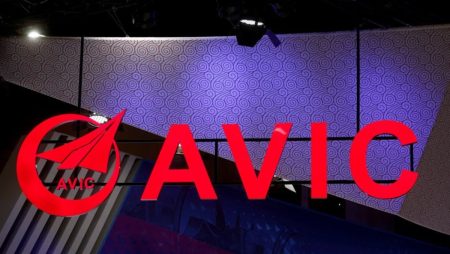The implementation of congestion pricing in Manhattan is sending ripples through the city’s economy, with the beer industry being one of the first to feel the pinch. Anheuser-Busch, the brewing giant behind popular brands like Budweiser and Stella Artois, is increasing keg prices by $5 across the board for New York City area customers. This price hike is attributed directly to the added costs of delivering goods into the congestion zone, which covers Manhattan below 60th Street. The company is explicitly stating that the congestion pricing fee is being incorporated into their delivery charges, a move expected to be replicated across the industry. This initial increase at the distributor level translates to consumers potentially paying an extra dollar per pint at their local bars. The news is being met with frustration and concern by bar patrons and owners alike, who view this as yet another cost increase in an already expensive city.
The increased cost of beer is expected to have a significant impact on bars and restaurants, particularly those located within the congestion zone. Owners are facing the difficult decision of absorbing the increased costs themselves, which could cut into already thin profit margins, or passing the increase on to their customers, potentially driving away business. The concern is that these added costs will contribute to a decline in patronage, further exacerbating the challenges faced by the hospitality industry in the post-pandemic era. Lee Seinfeld, owner of several Upper West Side establishments, expresses his worries about the impact on his businesses, even though they are located outside the congestion zone. He anticipates that midtown bars, directly affected by the new tolls, will bear the brunt of the impact. Seinfeld highlights the cumulative effect of rising costs, noting a 45% increase in food prices since the pandemic, with congestion pricing adding another layer of financial burden.
The trickle-down effect of congestion pricing extends beyond the price of a pint. The additional costs are impacting the entire supply chain, from distributors to service providers. Distributors of other alcoholic beverages are anticipated to follow Anheuser-Busch’s lead, implementing similar price increases to account for the congestion fees. This points to a broader trend of rising costs across the hospitality and service industries. Companies like Cintas, which supplies uniforms, aprons, and cleaning products to businesses, have already notified their clients of impending price adjustments directly attributed to the added expense of operating within the congestion zone. These increased expenses are becoming unavoidable for businesses operating within or delivering to Manhattan, forcing them to make difficult choices about how to manage the added financial burden.
The food distribution industry is also feeling the pressure. Sysco, a major food distributor, is adding a specific “congestion charge” of $1 to all deliveries within the congestion zone, on top of existing fuel surcharges. This illustrates the widespread impact of congestion pricing, affecting not only the cost of consumer goods like beer but also the essential services that keep businesses running. The additional charges are becoming a new normal for businesses receiving deliveries within the congested area, adding to the cumulative effect of rising operational costs. These added expenses further complicate the financial landscape for businesses already grappling with inflation and other economic challenges.
The rationale behind congestion pricing, as championed by Governor Kathy Hochul, is to generate revenue for much-needed improvements to the Metropolitan Transportation Authority (MTA) while simultaneously addressing traffic congestion and air pollution in Manhattan. The plan aims to reduce the number of vehicles entering the congested area, thereby improving traffic flow and air quality. The revenue generated from the congestion tolls is earmarked for upgrades and improvements to the city’s public transportation system. However, critics argue that the burden of these improvements is disproportionately falling on businesses and consumers, leading to increased prices and potentially harming the local economy.
The implementation of congestion pricing has ignited a debate about its economic consequences. While proponents tout its potential benefits for public transportation and the environment, businesses and consumers are grappling with the immediate reality of rising costs. The increased prices for goods and services, exemplified by the rising cost of beer, are a direct consequence of the new tolls. This situation raises concerns about the long-term economic impact of congestion pricing and its potential to disproportionately affect small businesses and consumers. The debate continues as businesses and consumers adapt to the changing economic landscape in Manhattan, weighing the benefits of improved public transportation and reduced congestion against the increased cost of doing business and living in the city.










